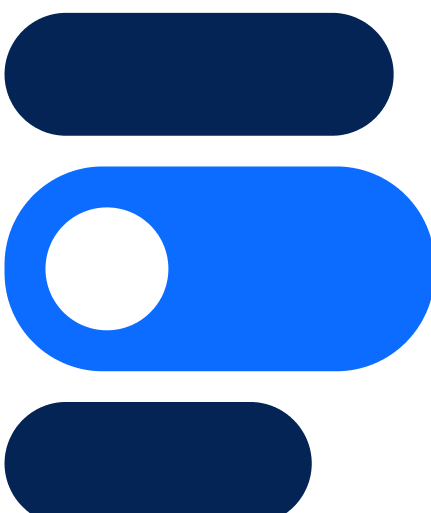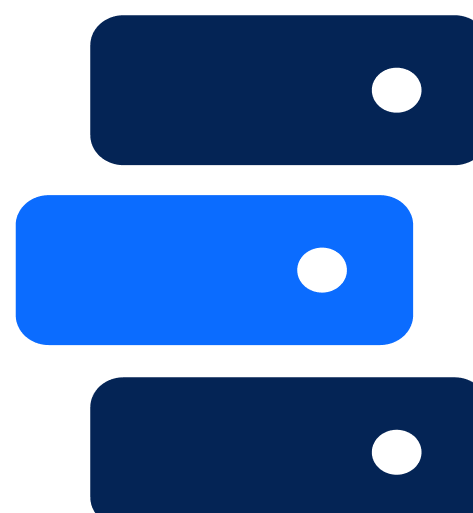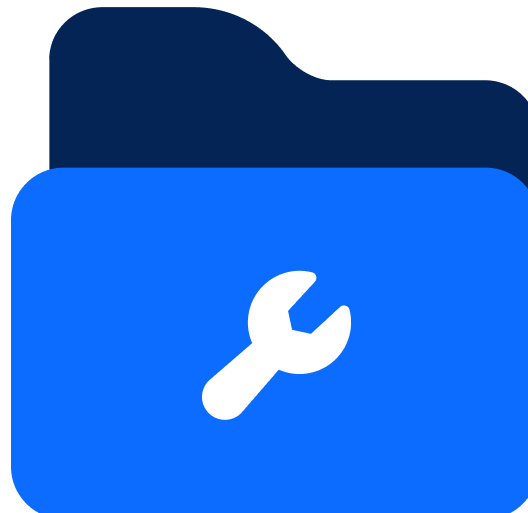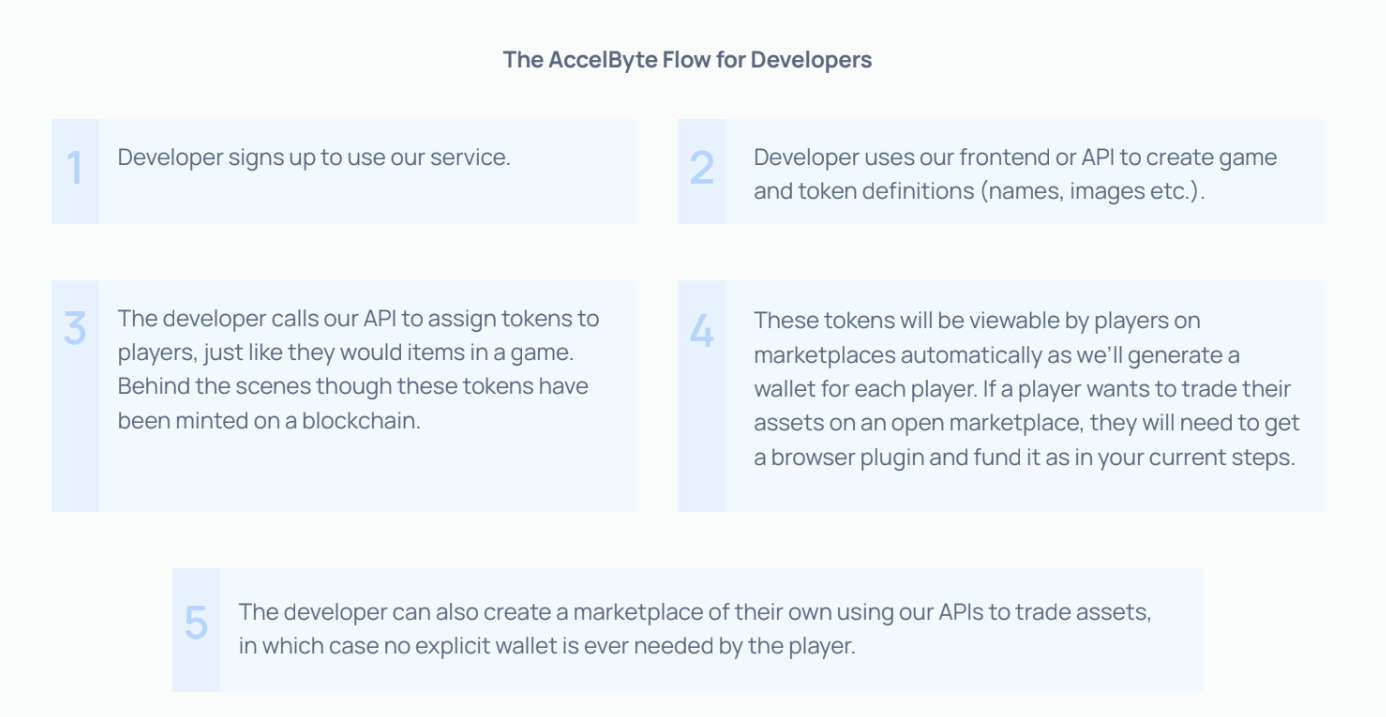Getting Started
Introduction to AccelByte Gaming Services (AGS)

Backend Services
Skip boring dev work with plug-and-play systems for 80% of your game’s backend

Backend Customization
Build 20% of the backend that makes your game unique without managing it

Server Orchestration
Automate spinning up and scaling servers globally for smooth, low-latency sessions

Build Distribution
Deliver builds faster to testers worldwide so you can ship multiple times a day

Crash Reporting
Catch and fix bugs before players see with real-time crash data and full context

Tools & Utilities
Monitor gameplay, test your setup, and tweak your game without juggling external tools
Introduction to AccelByte Gaming Services (AGS)
Learn to use AGS with our demo game "Byte Wars"
Connect and get support with other members of the AccelByte Community
Submit and review tickets while directly connecting with AccelByte
Join our Discord for support, insights, and networking!

As a newcomer to the cultural mainstream in 2021, blockchain is polarizing. Especially when it comes to gaming. The global video gaming industry is enjoying massive growth, is valued at over $162 billion today, and is expected to grow 50% to $268.8 billion by 2025. Blockchain represents an exciting shift in the gaming industry by bringing in the new and introducing financial gamers to the industry. Our latest eBook, Web3 Gaming: What Blockchain Means for Developers, explores this trend. Read on for some insights from the eBook!
Blockchain extends the possibilities of owning virtual items. The process of blockchain development has been slow, but there’s a lot of room for potential here. When blockchain technology first emerged, it wasn’t very easy to use. Thankfully, in recent years, blockchain technologies are more diverse and scalable than before, meaning that there are more people than ever in the space providing more solutions.
A growing base of users is also showing an affinity to the use of decentralized assets which could be due to a generational trend–paralleling internet development. Younger demographics are far more comfortable with the concept of not owning physical things, so the idea of having something virtual that doesn’t really exist is an easy idea to grasp. Conversely, older generations may not understand the appeal of paying lots of money for something that doesn’t physically exist in the real world. Young people are also very familiar with the financial aspect–such as experience with stocks–and are able to trade easily on apps, making the introduction of web3 games an easy concept to understand. Stocks have almost become gamified, further emphasizing the idea that the line between what’s real and what’s not has become even more blurred.
Much like when mobile gaming came along, there was a lot of resistance from traditional game developers because of the free-to-play phenomenon. New monetization schemes and game styles will continue to come out and by letting in third parties, developers won’t have full control over the financial aspect and will allow others to be let in.
The main difference between traditional games and web3 games is that blockchain items can be taken out into the real world. However, traditional game companies are still trying to control this, so there’s a massive difference between the actual decentralized aspect. The real innovation comes from companies who come in fresh with developers who are prepared to let go of control and are ready to add value for their players. Thus, developers have had to embrace the concept that certain aspects of their games are open-source. In other words, blockchain has democratized everyone.
Actually issuing an NFT is an unfriendly and highly manual process–dealing with long numbers and requiring a lot of steps–the exciting challenge is to make it easy and seamless. The main barrier to entry is choosing which wallet and tokens to use, which can be overwhelming for a newcomer. However, for a developer, it’s completely different.
Developers must go through a service to automate token generation for their players. AccelByte’s service is aimed to work as a traditional game service and the flow would look something like this:

AccelByte provides developers with the ability to use blockchain in games as a way to improve the experience, not just as a money grab. We’re providing functionality, but we would hope that web3 games are used to provide developers and gamers with opportunities that didn’t exist before. We plan to further develop our backend to support web3 games. One of the pillars that we’re working towards is an “invisible blockchain” which works to essentially make steps like creating an NFT easier. Blockchain is famously hard to use with confusing wallets and unappealing UI. The challenge that we are working on is making this process as easy and seamless as a one-click and done purchase. Our goal is to make using blockchain seamless and behind the scenes, with the same process in place for item creation across the board.
Interested in learning more about incorporating blockchain technology? Download the full eBook here.
Reach out to the AccelByte team to learn more.